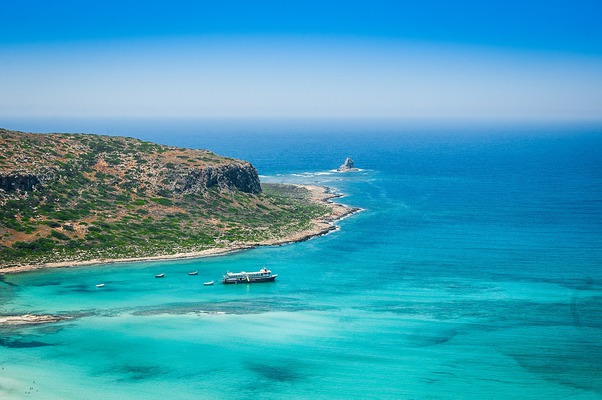
Pollution of the Mediterranean Sea
Alarming facts that cannot be ignored and signs that cannot be overlooked
Read the information below to find out why the Mediterranean Sea, the crossroads of remarkable cultures, is in danger to turn into a “plastic sea”
The Mediterranean Sea, also known as an intercontinental sea, is shared by three continents and is the largest “closed sea” on earth and yet only “a drop” in the world ocean, as it covers only 1% of the water mass of our planet. However, the species that live in it correspond to the 10% of the biodiversity of the world oceans. Across the Mediterranean Sea magnificent cultures and glorious empires have flourished, as it has been a source of life throughout history.
In the Mediterranean countries, the amount of waste has more than doubled in thirty years.
Every year, 8 million tons of plastic are dumped in the oceans, including 200,000 tons in the Mediterranean. This phenomenon has a significant negative impact on marine wildlife.
Globally, at least 800 marine and coastal species are affected, 17% of which are threatened or severely affected, according to the International Union for Conservation of Nature. These species are exposed to captivity, swallowing plastics and contamination by pollutants.
Fishing equipment is the most dangerous, with 65% of the animals in the Mediterranean being entangled in fishing nets.
The Mediterranean is also one of the largest oil transportation routes and 1,000,000 tons of oil are dumped into the sea each year due to maritime accidents, illegal shipwreck cleaning practices and inadequate port facilities. Thus, ¼ of global oil pollution takes place in the Mediterranean.
The picturesque beaches of the Mediterranean attract more and more tourists. Also, chemical industry and metallurgy complexes are near its major ports.
More than 13% of Mediterranean living organisms, including corals, are threatened with extinction.
It is estimated that 1.25 million pieces of plastic are found per square kilometer in the Mediterranean Sea.
According to a WWF study in the Mediterranean, plastics constitute 95% of the waste found in the seas, both on the seabed and on the shores. This pollution comes mainly from Turkey and Spain and secondly, from Italy, Egypt, France and Greece, with tourists visiting the area being responsible for 40% of the annual increase in waste which end up in the Mediterranean Sea.
According to reports and findings, the most recent source of pollution, due to the current COVID-19 pandemic, derives from the masks and gloves that end up in the bottom of the Mediterranean Sea, nowadays.
Useful information is available at the following links:
http://www.explorecrete.com/nature/mediterranean.html
http://www.explorecrete.com/nature/caretta.html
http://www.explorecrete.com/nature/monachus-monk-seal.html
http://www.explorecrete.com/nature/fish-1.html
You can visit the site of the MEDITERRANEAN SOS Network to find out more information: http://medsos.gr/medsos/medsos-network.html
Mediterranean Sea more facts and figures
The Mediterranean Sea is the sixth largest accumulation zone for marine litter.
200 million tourists visit the Mediterranean region every year and 40% of sea waste accumulate during the summer period.
700 marine species are under threat globally.
134 Mediterranean species have digested plastic.
90% of sea birds have plastic traces in their stomach.
Visit the Unesco website to read more facts and figures about marine pollution and to find out about the blueprint for ocean and coastal sustainability:
http://www.unesco.org/new/en/natural-sciences/ioc-oceans/focus-areas/rio-20-ocean/blueprint-for-the-future-we-want/marine-pollution/facts-and-figures-on-marine-pollution/